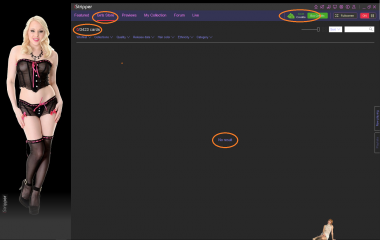Last posts - Page 1534
Forum
Paintsnudes
Joined in Sep 20122186 post(s)
xfmmx
Joined in Jun 201066 post(s)
shodan084
Joined in Dec 20076880 post(s)
Regulus
Joined in Nov 2016673 post(s)
POPEYED
Joined in Jul 20134332 post(s)
redforleather
Joined in Jan 2009172 post(s)
redforleather
Joined in Jan 2009172 post(s)
iSmile
Joined in Aug 201570 post(s)
TokyoGorePolice
Joined in Oct 2015303 post(s)
TokyoGorePolice
Joined in Oct 2015303 post(s)
TokyoGorePolice
Joined in Oct 2015303 post(s)
mrgame4444
Joined in Sep 201697 post(s)
SpaveInvader
Joined in Oct 20103208 post(s)
anabys
Joined in Dec 201666 post(s)
Ilookgirls
Joined in Apr 201632 post(s)
















